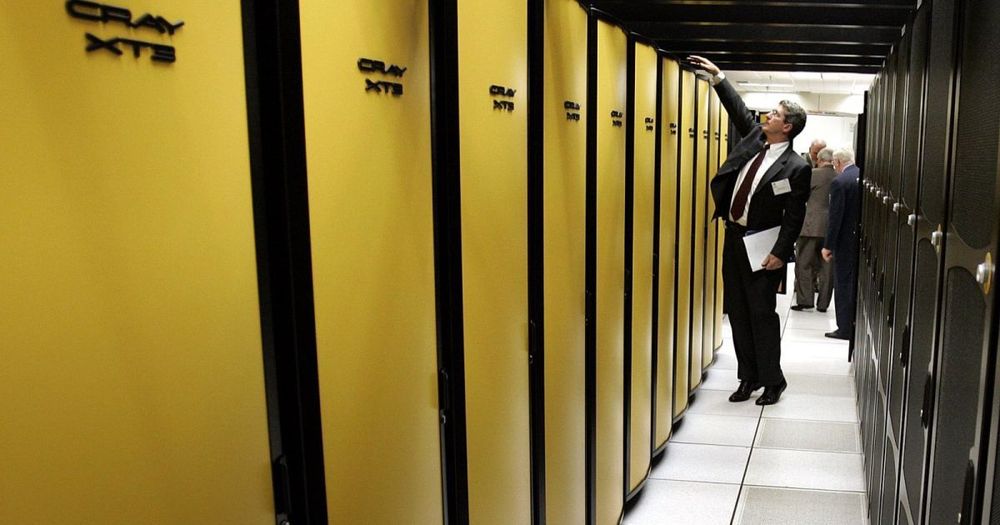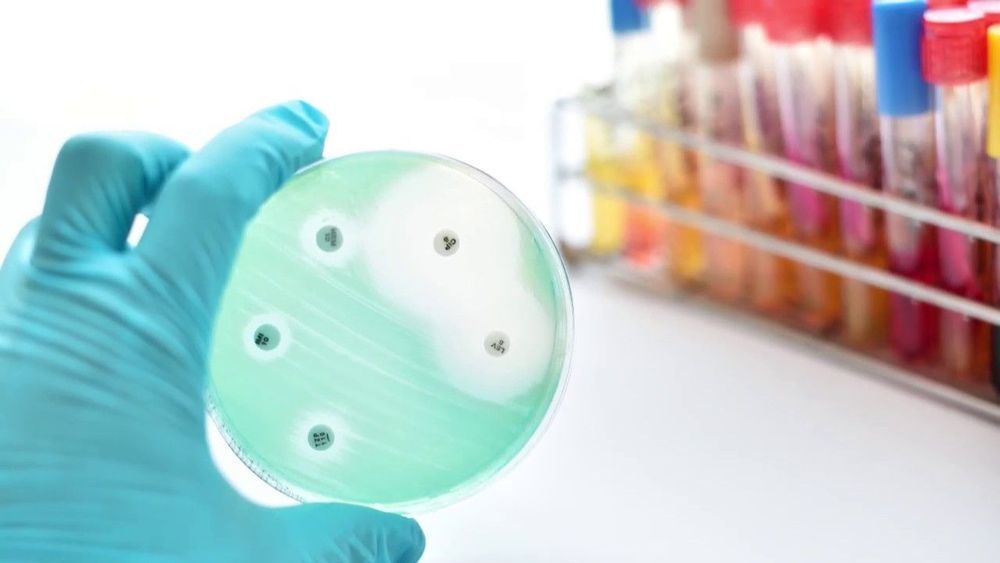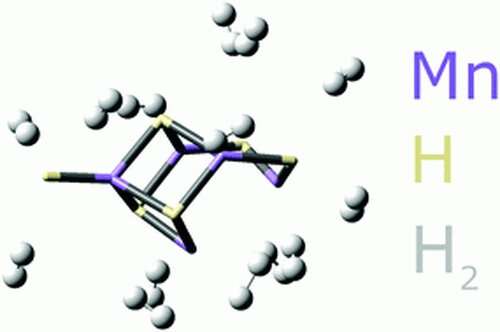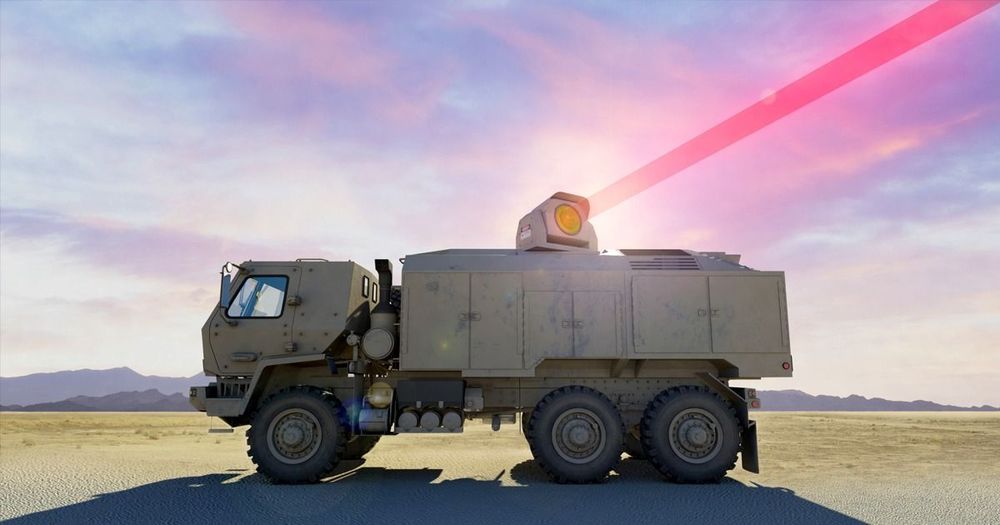Hewlett Packard Enterprise (HPE) has a shiny new toy. The information technology firm announced today that is spending $1.3 billion to acquire supercomputer manufacturer Cray. HPE, which is a business-facing spin-off of the Hewlett Packard company, will instantly become a bigger presence in the world of academia and the federal government, where Cray has a number of significant contracts. It will also enable HPE to start selling supercomputer components to corporate clients and others.
Researchers at the University of Cambridge have uncovered a specialised population of skin cells that coordinate tail regeneration in frogs. These ‘Regeneration-Organizing Cells’ help to explain one of the great mysteries of nature and may offer clues about how this ability might be achieved in mammalian tissues.
It has long been known that some animals can regrow their tails following amputation—Aristotle observed this in the fourth century B.C. — but the mechanisms that support such regenerative potential remain poorly understood.
Using ‘single-cell genomics’, scientists at the Wellcome Trust/ Cancer Research UK Gurdon Institute at the University of Cambridge developed an ingenious strategy to uncover what happens in different tadpole cells when they regenerate their tails.
A groundbreaking project to tackle one of the world’s most pressing and complex health challenges—antimicrobial resistance (AMR)—has secured a $1 million boost. UTS will lead a consortium of 26 researchers from 14 organisations in the development of an AMR ‘knowledge engine’ capable of predicting outbreaks and informing interventions, supported by a grant from the Medical Research Future Fund.
“AMR is not a simple problem confined to health and hospital settings,” explains project Chief Investigator, UTS Professor of Infectious Disease Steven Djordjevic. “Our pets and livestock rely on many of these same medicines, so they find their way into the food chain and into the environment through animal faeces.”
If left unchecked, AMR is forecast to cause 10 million deaths annually by 2050, and add a US$100 trillion burden to health systems worldwide.
Scientists have discovered a new material that could hold the key to unlocking the potential of hydrogen powered vehicles.
As the world looks towards a gradual move away from fossil fuel powered cars and trucks, greener alternative technologies are being explored, such as electric battery powered vehicles.
Another ‘green’ technology with great potential is hydrogen power. However, a major obstacle has been the size, complexity, and expense of the fuel systems—until now.
Pew pew o.o
“High energy laser weapons have been a system that the United States has wanted to add into their defense portfolio since the invention of the laser,” said senior VP of contracts at Dynetics Ronnie Chronister in a press release.
The system was designed to defend against missiles, rockets and artillery, according to Defense News. It could also prove useful against military drones and other unmanned aircraft.
The news comes after luxury automaker Rolls-Royce unveiled a new hybrid power source intended to continuously power 100-kilowatt laser weapons earlier this week. According to today’s statement, Rolls-Royce will provide the power source and thermal management system for the HEL TVD.
A mathematician from the University of Bristol has found a solution to part of a 64-year old mathematical problem – expressing the number 33 as the sum of three cubes.
Since the 1950s, mathematicians have wondered if all whole numbers could be expressed as the sum of three cubes; whether the equation k = x³+ y³+ z³ always has a solution.
The puzzle is a Diophantine equation in the field of number theory, and forms part of one of the most mysterious and wickedly hard problems in mathematics. We still don’t know the answer.









